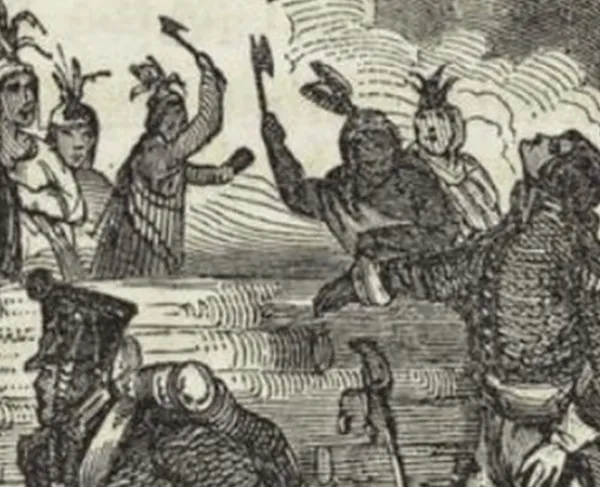
Fort Michilimackinac
Mackinaw City, MI | Jul 17, 1812
On July 17, 1812, a British force under the command of Capt. Charles Robert as well as Canadians and Native Americans began their advance on Fort Mackinac by marching from the northwest side of Mackinac Island towards the fort. After surrounding the fort, Capt. Robert demanded the Americans’ surrender. The garrison’s commander, Lt. Porter Hanks, who had no expectation of timely reinforcements, and who wished to avoid unnecessary military and civilian casualties, surrendered Fort Mackinac.
The bloodless British victory had tremendous implications for the war in the Upper Great Lakes. The seizure of Fort Mackinac and the island with its natural harbor gave the British control of the Straights of Mackinac and the important communications, trade, and transportation routes linked to the Straights. The Native Americans in the region quickly sided with the British as a result of Robert's decisive move against Michilmackinac. At Detroit and other northwest posts, Gen. William Hull and other U.S. officers feared a general Native American uprising against US forces and citizens. After hearing of Hanks' surrender, Hull tabled his offensive plans against Canada and ordered the garrison at Fort Dearborn (Chicago) to evacuate if possible. That garrison did evacuate, and was decimated by an attack from Potawatami Native Americans who had been friendly with the Americans prior to Michilimackinac's capture.

